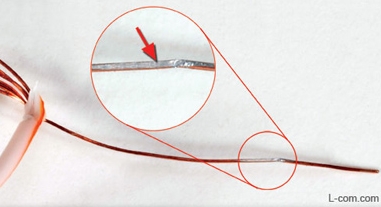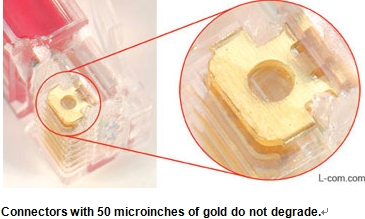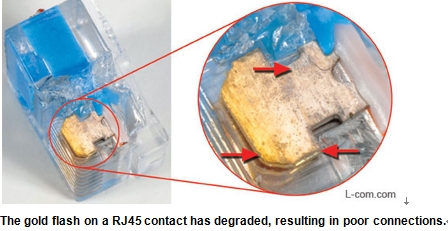Watch out for counterfeit cables
Counterfeiting goes beyond semiconductors, evidenced by a rise in counterfeit cable incidents.
/Catch(04-30-01-40-36).jpg)
A 2012 IHS iSuppli report found that the top five part types counterfeited—analog ICs, microprocessors, memory ICs, programmable logic and transistors — accounted for roughly two-thirds of all counterfeit incidents in 2011.
Any obsolete component or part in short supply is fair game to counterfeiters.
As an example, L-com Global Connectivity Inc. has reported a number of counterfeit cable incidents,the key reason for the uptick is the rise in commodity materials costs.

Earlier this year, UL warned of the risk of fire caused by hazardous communications cables which are missing required flame retardant elements.
Also, a bad cable can reduce network performance by 50 percent or more.Many connector makers agree that the one way to deal with the rising cost of materials,for example, is to use lower gold content, but only if the applications can use, as an example, 15 microinches instead of 30 or 50 microinches of gold plating.
Particularly in mil/aero and some telecommunications applications, specifications do not allow for reduced gold plating.

So what can buyers do to ensure they receive what they ordered? Below some tips to help buyers protect themselves from bad cable buys:
1. When possible, learn more about the products you are buying. Vendors who educate and discuss these problems are not likely to be selling you the bad product.
2. Buyers don’t get fooled by the “Made in the USA” concept. I’ve seen better from low-cost providers in China.
3. Know your sources closely, It’s not bad to have a good relationship with a vendor.

